
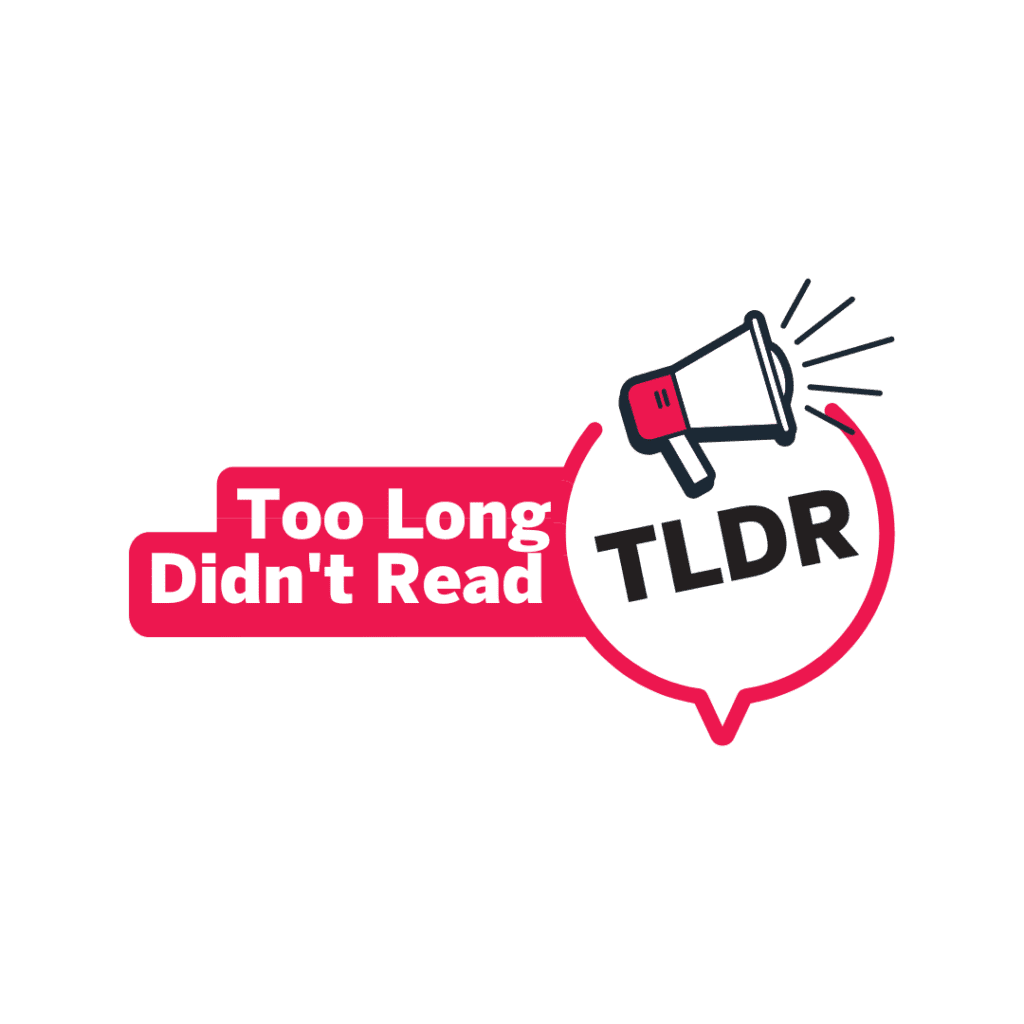
The purpose of this project was to explore issues surrounding segregated sport for people with impairments and to address the question of whether or not segregated sport perpetuates inequity (Fay & Wolff, 2009). The specific objectives included: (1) Identifying the drawback and benefits of participation in segregated athlete training programs taking place in different settings; (2) To understand how the nature of these programs and the settings in which they take place inform participants’ conceptualizations of disability and inclusion; and (3) To contribute knowledge to more inclusive sport policies and practices. Conclusions drawn from the findings of this work highlight the value of segregated programming for athletes with impairments and the importance of legitimate choice and access to alternative settings (i.e., integrated and segregated) that are experienced as inclusive. In essence, these findings challenge the notion that segregated sport should be a stepping stone to integrated sport. Furthermore, segregated sport can be experienced as inclusive. These findings challenge a hierarchical vision of inclusion and athlete development. Recognition and valuing of different pathways through sport is required.
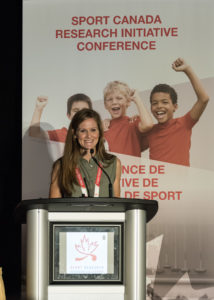
Research methods
This research consisted of a case study supported by interpretive description and was comprised of participants in two training programs for athletes with impairments. Interpretive description is an approach used to address a practical issue and to gain an understanding of the patterns and relationships within a phenomenon (Thorne, 2016). The training programs were run through a centre specializing in disability and physical activity. Participants in both programs competed in a range of sports (e.g., para-athletics, swimming, sledge hockey, goal ball, dragon boat racing) and were supported by coaches and trainers with impairment and parasport specific knowledge. However, one of the programs, which focused on developing athletes was run out of the centre within a segregated activity environment comprised of only athletes with impairments. The other program, which focused on high performance athletes, took place within an integrated environment where athletes from outside of parasport also trained. Data collection consisted of participant observation, field notes and reflexive journaling over a period of several months in both training environments. Semi-structured interviews were then conducted with the participants followed by reflective note taking. The interviews were transcribed. Analysis was guided by an attempt to answer the questions, “What is happening here?” and “What am I learning about this?” (Thorne, Kirkham, & MacDonald-Emes, 1997, p. 174).
Research results
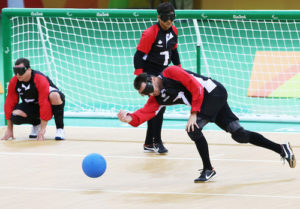
The key findings highlight the opportunities athletes experienced as a result of the nature of the training programs and the settings within which they occurred. Although a few drawbacks to the programs were identified, the athletes in both settings overwhelmingly focused on how the programs and settings met their needs, contributed to their positive views of self, and created a sense of community. The findings were captured in three themes. The first theme, Legitimate Access, was articulated within the segregated setting as a safe environment comprised of accessible equipment and knowledgeable staff, which maximized independence. In this way, the segregated setting eliminated barriers commonly experienced in other settings, which supported athletes’ focus on training. Within the integrated setting, legitimate access translated to well designed and intense training programs and expert coaching knowledge, which afforded the possibility of attaining high performance training goals. Within both settings, the second theme, (Re)Discovering the Athlete, highlighted the internal struggle participants experienced in their identification with the role of athlete. Within the segregated setting, it was the encouragement of other athletes in the program, trainers, and coaches who helped to facilitate an athletic view of self and increases in self-confidence. Within the integrated setting, athletic identity appeared to be largely supported by the nature of the integrated environment, which did not separate athletes based on impairment, but rather brought all athletes (with and without impairment) together on the basis of their commitment to high performance sport. This appeared to reinforce study participants’ positive views of self, as athletes. The final theme of Diversity Valued within the segregated setting was described by athletes as having their individual needs, due to impairment, being met, but that these were valued differences, rather than markers of disability. The integrated environment was described as a humanizing setting where stereotypes about (dis)ability and sport performance could be challenged. Across both settings athletes articulated experiencing a strong sense of inclusion and personal value. Based on these findings, it appears that different sport streams, both integrated and segregated, can meet the individual needs of athletes and be experienced in positive ways that support athlete development and valuing of differences. These findings challenge the notion that segregated programs and environments necessarily perpetuate inequity. At the same time, the contextual nature of these programs and history associated with forced segregation and marginalization of people with impairments must remain at the forefront of future recommendations for possible pathways through sport and attempts to level the playing field.
Policy implications
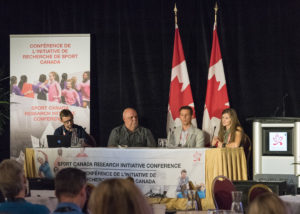 A major emphasis in Canadian Sport Policy (CSP) when addressing the participation of people with impairments are the values of inclusion and accessibility and the Inclusive policy principle which states that, “Sport programs are accessible and equitable and reflect the full breadth of interests, motivations, objectives, abilities, and the diversity of Canadian society” (p.3). The findings of this research reinforce the importance of this policy but also offer suggestions for how to expand the interpretation of the ways in which sport programs can be equitable and how this can be actualized. Through the offering and valuing of diverse training environments and programs (e.g., segregated, integrated, reverse integrated) choice can be afforded. Resisting a model of sport that is primarily integration focused and hierarchical in nature broadens the participation possibilities not only for people with impairments but for all people to take part in sport. Policies and practices that value different pathways and sport streams may have greater potential to ultimately be more inclusive. Ensuring there is an equitable distribution of resources to support these different pathways is critical. Likewise, ensuring legitimate access to a range of valued possibilities, essentially a diverse fields of dreams, is essential.
A major emphasis in Canadian Sport Policy (CSP) when addressing the participation of people with impairments are the values of inclusion and accessibility and the Inclusive policy principle which states that, “Sport programs are accessible and equitable and reflect the full breadth of interests, motivations, objectives, abilities, and the diversity of Canadian society” (p.3). The findings of this research reinforce the importance of this policy but also offer suggestions for how to expand the interpretation of the ways in which sport programs can be equitable and how this can be actualized. Through the offering and valuing of diverse training environments and programs (e.g., segregated, integrated, reverse integrated) choice can be afforded. Resisting a model of sport that is primarily integration focused and hierarchical in nature broadens the participation possibilities not only for people with impairments but for all people to take part in sport. Policies and practices that value different pathways and sport streams may have greater potential to ultimately be more inclusive. Ensuring there is an equitable distribution of resources to support these different pathways is critical. Likewise, ensuring legitimate access to a range of valued possibilities, essentially a diverse fields of dreams, is essential.
Next steps
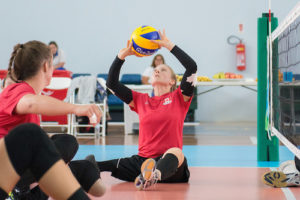
Future directions include:
- actualizing the concept of equity within sport models that attend to the importance of choice, and
- challenging the binary of segregation and integration within sport policies and practices.
A critical future research direction involves the examination of current sport programs to identify specific practices that lead to inclusion, support choice, and offer diversity.
Key stakeholders and benefits
In addition to disability specific organizations and the Canadian Paralympic Committee, the following provincial organization with emphasis on parasport may benefit from the findings. Importantly organizations who support recreational to high performance sport should be included.
Sample of Potential Organizations: Paralympic Sports Association, ParaSport Ontario, Sport Nova Scotia, Saskatchewan Sport, SportAbility BC, Sport Manitoba, ParaSport and Recreation PEI, Recreation Newfoundland & Labrador, Active Living Alliance for Canadians with a Disability.
2017 Sport Canada Research Initiative Conference (Knowledge Transfer Paper)
Investigators: Nancy Spencer-Cavaliere, Lisa Tink, & Kirsti Van Dornick, University of Alberta
SCRI Conference presentation video